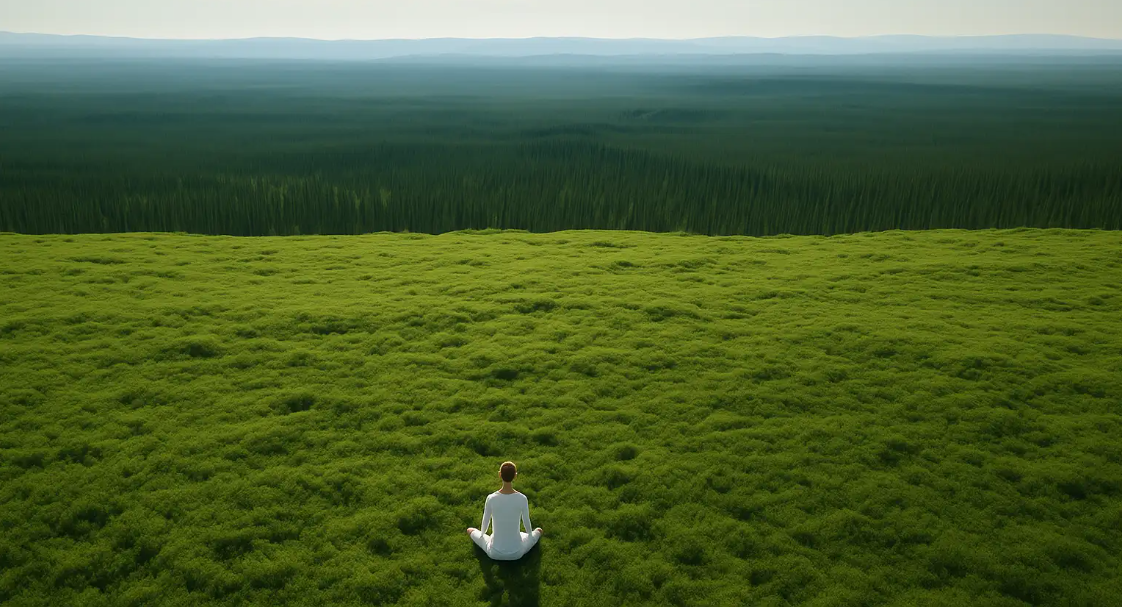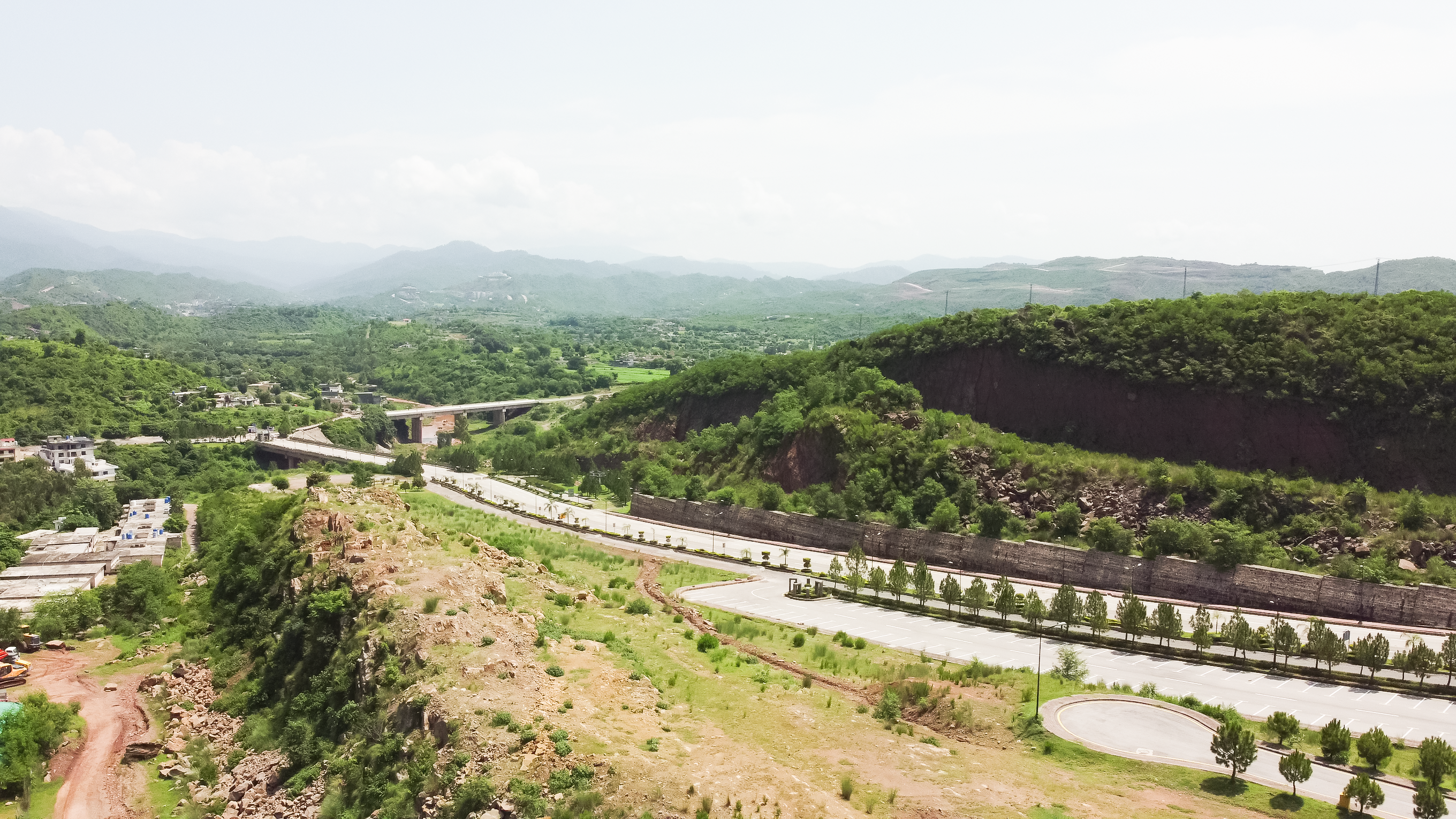Pakistan’s historic sites are not just old ruins—they tell the story of a people who were far ahead of their time. These places show how they built cities, traded with distant lands, and shaped the world around them.
For overseas Pakistanis, these landmarks are more than history. They connect us to our roots and remind us of the greatness we come from. Here are six must-visit sites that tell Pakistan’s remarkable story.
1. Mohenjo-Daro
In 1980, Mohenjo-Daro earned its place as a UNESCO World Heritage Site, and for good reason. This 4,500-year-old city wasn’t just a settlement—it was a marvel of human ingenuity. Built during the height of the Indus Valley Civilization, it boasted straight streets laid out in a grid, advanced drainage systems, and uniform brick homes.
The Great Bath of Mohenjo-Daro is a large, rectangular water tank made of bricks, believed to have been used for religious or ceremonial purposes. It’s considered one of the oldest public waterworks in the world.
Imagine standing by this ancient structure, where people once gathered for rituals and communal activities. The Great Bath symbolises the advanced planning and ingenuity of a society that valued cleanliness and community.
2. Rohtas Fort
Rohtas Fort, named a UNESCO World Heritage Site in 1997, was built in 1541 by Sher Shah Suri. He made it to stop the Mughal emperor Humayun from taking back his throne.
The fort has huge walls that stretch for 4 kilometres and 12 big gates. But it’s not just about size—the design is a mix of Persian and South Asian styles, showing how cultures came together at that time. When you walk through the tall Sohail Gate, you can imagine the strength and determination of the people who built it to protect their land.
3. Taxila
Taxila’s story began over 2,500 years ago, and in 1980, UNESCO named it a World Heritage Site. This city was a major centre for Buddhist learning, where monks and scholars from across Asia came to study and practice.
One of its key sites is the Dharmarajika Stupa, a large dome built to house relics of the Buddha. The ruins of Taxila also show how it connected different cultures, including Greek, Persian, and Indian, making it an important hub for trade and learning in ancient times.
4. Lahore Fort and Shalimar Gardens
In 1981, UNESCO recognised the Lahore Fort and Shalimar Gardens as masterpieces of Mughal architecture. Built during the reign of Emperor Akbar in the 16th century, the fort evolved with each emperor, blending military strength with artistic beauty.
The Sheesh Mahal, or Palace of Mirrors, is indescribable. And just a few miles away, the Shalimar Gardens, built by Shah Jahan in 1641, showcase the Mughal love for symmetry and nature.
5. Harappa
Harappa may not hold the UNESCO title, but its significance is no less profound. This ancient city of the Indus Valley Civilization, dating back to 2600 BCE, reveals a society that was both innovative and interconnected.
The seals and artefacts found at Harappa show that people here traded with places as far away as Mesopotamia. Harappa’s streets were well-planned, and its granaries stored food for its people over 4,000 years ago.
A Legacy to Be Proud Of
We all come from the same roots, and while these sites may be old, they’re a reminder that we’re descended from some incredible people. For overseas Pakistanis, visiting these iconic places is a reminder of the fact that our people are capable of greatness, and always have been.
At One Homes, we create secure real estate investment opportunities that empower overseas Pakistanis to reconnect with their heritage while building a future in their motherland.
Recent News



